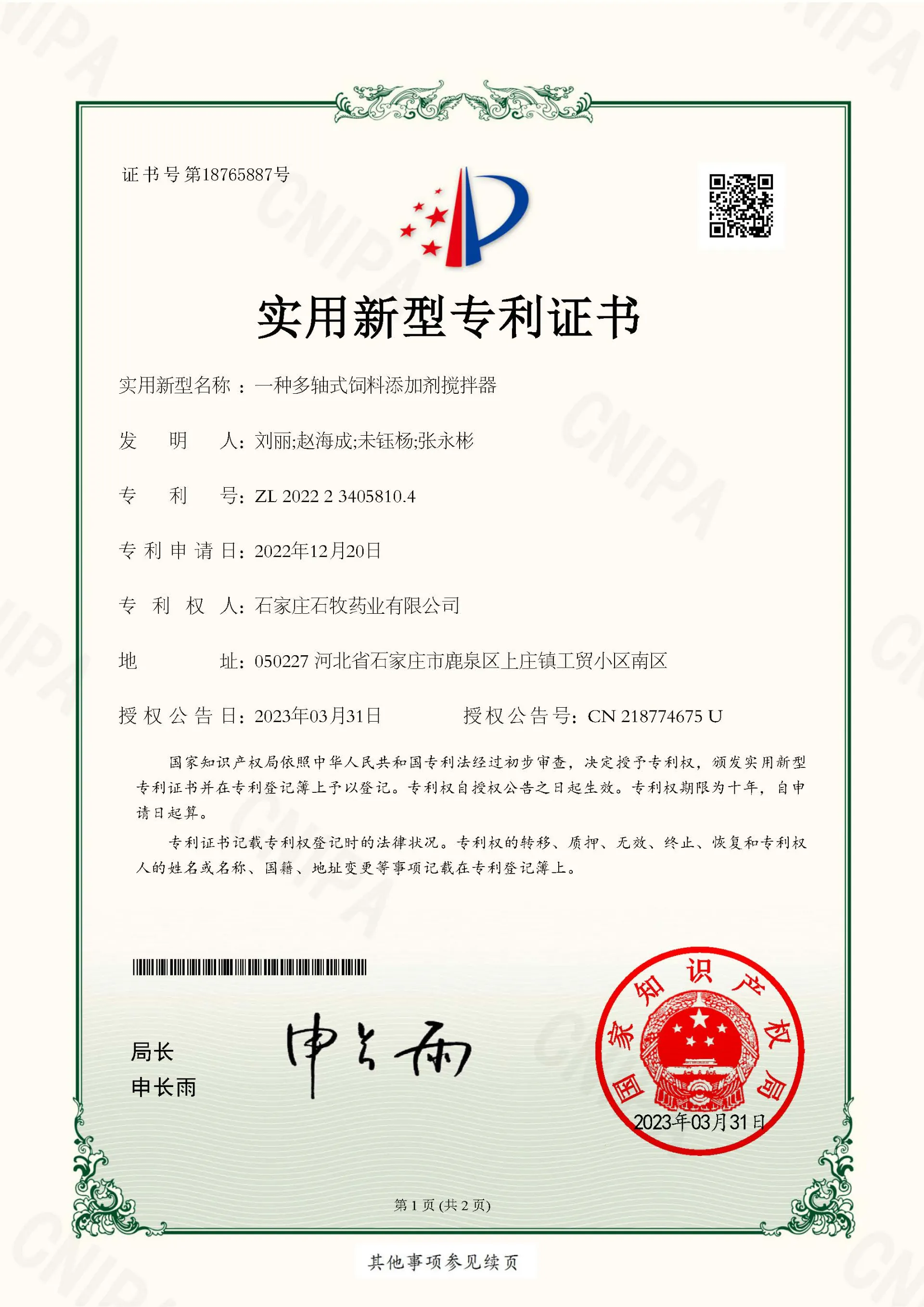However, the ease of access to OTC veterinary drugs comes with its share of responsibilities. Pet owners must be diligent in understanding the appropriate use of these medications to avoid potential risks, such as dosages and adverse reactions. Each species responds differently to medications, and what is safe for one animal may be harmful to another. Therefore, thorough research, reading labels, and adhering to guidelines is paramount when administering OTC medications to pets or livestock.



